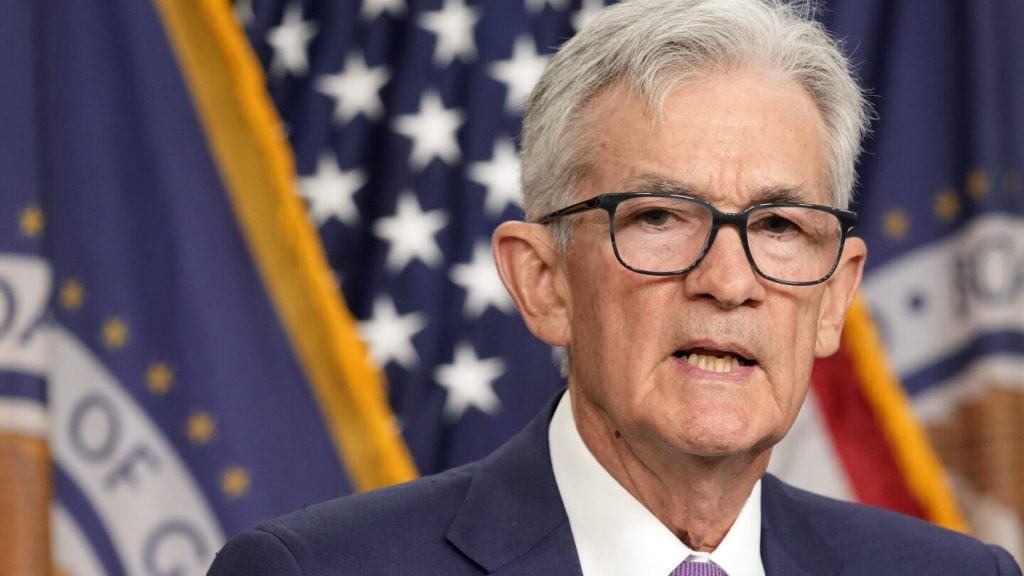In recent comments, Federal Reserve officials have indicated that the sharp interest rate hikes of the past two years may take longer than expected to bring down inflation. This suggests that there may be few, if any, rate cuts this year. Despite the Fed’s efforts to increase rates in order to limit spending and cool inflation, Americans are not significantly increasing their spending on interest payments compared to a few years ago. This lack of impact from higher rates is leading to discussions about the need for rates to stay high for longer or potentially even increase further.
Fed Chair Jerome Powell recently stated that an interest rate increase is unlikely, but not completely off the table. The Fed is taking its time to gain more confidence that inflation is returning to their 2% target. Dallas Federal Reserve President Lorie Logan also mentioned that it is too early to consider cutting rates and questioned whether the current rate is high enough to combat inflation. This reluctance to cut rates is likely to disappoint many, from individuals hoping for lower mortgage rates to President Joe Biden, who could benefit from lower rates for his reelection campaign.
The latest inflation report is expected to show a slight decline in inflation to 3.4% in April, down from 3.5% in March. Despite the Fed raising its key rate to 5.3%, Americans are only spending 9.8% of their after-tax income on interest payments. This figure has not increased significantly from the 9.5% spent two years prior, before the rate hikes began. Factors such as low mortgage rates from refinancing during the pandemic have shielded many from feeling the impact of higher rates, contributing to the delayed effects on the housing market and broader economy.
Many large corporations also locked in low rates before the rate hikes began, reducing the impact of higher borrowing costs. Delinquencies on credit cards and auto loans are on the rise, indicating financial struggles for some Americans. However, overall debt levels are lower compared to previous years, and the full impact of higher rates is yet to be fully felt. As more Americans consider purchasing homes and companies face higher borrowing costs as low-interest loans mature, the impact of higher rates may eventually be more pronounced.
Despite concerns that higher rates are not having the desired effect on consumer spending and inflation, there is a belief among some officials that the longer rates stay high, the more significant their impact will be. As more Americans eventually move to purchase homes and companies face higher borrowing costs, the effects of higher rates may start to materialize. The Fed’s cautious approach to rate cuts and the potential for rates to remain high for longer could lead to a more delayed but eventually impactful reduction in inflation and consumer spending.


